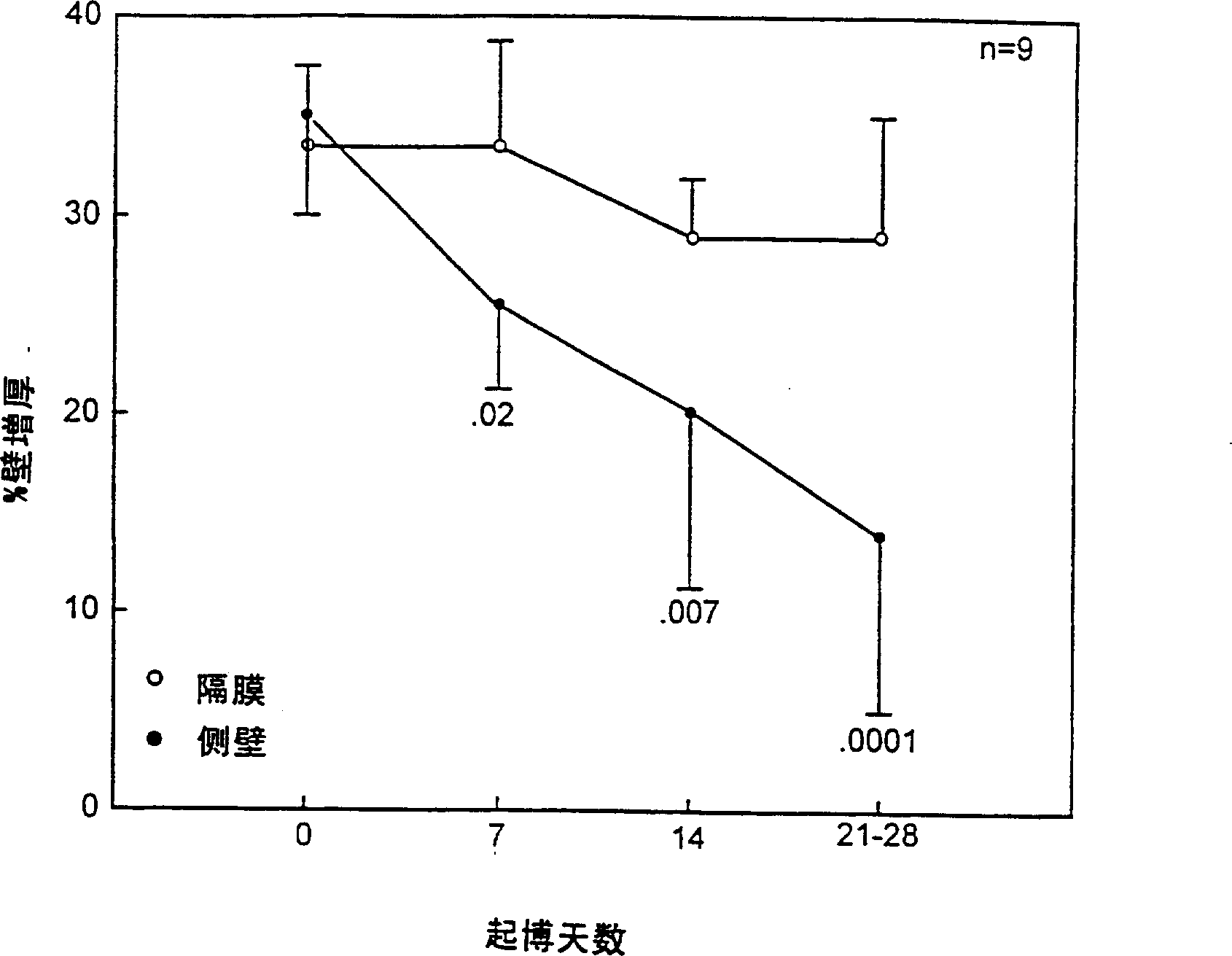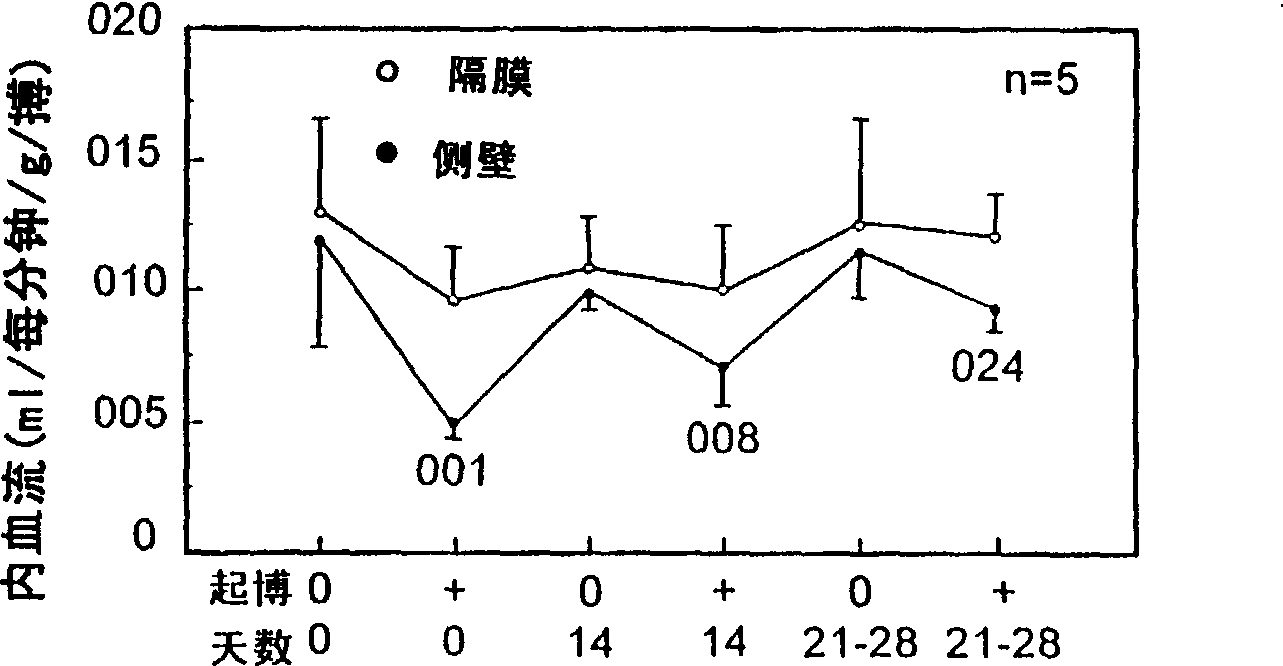Techniques and compositions for treating heart failure and ventricular remodeling by in vivo delivery of angiogenic transgenes
An angiogenesis and heart failure technology, applied in gene therapy, recombinant DNA technology, drug combination, etc., can solve problems such as insufficient transduction efficiency and transgene expression, incompetence, necrosis, etc.
- Summary
- Abstract
- Description
- Claims
- Application Information
AI Technical Summary
Problems solved by technology
Method used
Image
Examples
Embodiment 1
[0144] Example 1 describes a model of heart failure induced by prolonged (3- to 4-week period) but rapid ventricular pacing. This example shows that in an animal model of heart failure, left ventricular myocardial blood flow is abnormally low when the left ventricle is dilated and signs of heart failure are present. In this model, myocardial demand often exceeds myocardial blood flow (oxygen supply) and results in myocardial ischemia.
Embodiment 2
[0145] Example 2 shows the construction of an adenoviral vector used in the present invention.
Embodiment 3
[0146] Example 3 describes preliminary in vitro experiments to establish the efficiency of the adenoviral vectors of the invention. A control (beta-galactosidase-encoding) adenoviral vector was also tested. This result shows that the recombinant adenovirus vector of the present invention can indeed infect mature cardiomyocytes and provide high-efficiency expression of the transgene. In vivo experiments were then performed.
PUM
 Login to View More
Login to View More Abstract
Description
Claims
Application Information
 Login to View More
Login to View More - R&D Engineer
- R&D Manager
- IP Professional
- Industry Leading Data Capabilities
- Powerful AI technology
- Patent DNA Extraction
Browse by: Latest US Patents, China's latest patents, Technical Efficacy Thesaurus, Application Domain, Technology Topic, Popular Technical Reports.
© 2024 PatSnap. All rights reserved.Legal|Privacy policy|Modern Slavery Act Transparency Statement|Sitemap|About US| Contact US: help@patsnap.com










